Outdoor Awnings
Outdoor Awnings: Enhancing Comfort and Protection for Outdoor Spaces
An outdoor awning is a versatile, practical, and stylish structure designed to provide shade and protection from the elements. Installed on the exterior of a building, an outdoor awning extends out over a porch, patio, window, or entryway to offer shelter from the sun, rain, and wind. Whether used for residential or commercial purposes, outdoor awnings are a great way to enhance the functionality and aesthetic appeal of any outdoor space.
1. What is an Outdoor Awning?
An outdoor awning is typically a lightweight, fabric-covered structure that is supported by a frame and installed above doors, windows, patios, or other outdoor areas. Awnings can be retractable or fixed, and they come in a variety of materials, styles, and sizes to suit different needs and preferences. While they provide shelter and shade, they also enhance the curb appeal of a building, offering a stylish way to protect outdoor spaces from the elements.
2. Types of Outdoor Awnings
-
Retractable Awnings: These are flexible awnings that can be extended or retracted based on your needs. Retractable awnings are ideal for spaces where you want the option to adjust the amount of shade or shelter. They can be manually operated or motorized for ease of use, making them suitable for patios, decks, or windows where flexibility is key.
-
Fixed Awnings: Fixed awnings are permanent structures that remain in place year-round. These awnings are typically installed over windows, doors, or walkways and offer consistent protection from the elements. Fixed awnings are ideal for areas where you want a long-term solution for shading or weather protection.
-
Canopy Awnings: Canopy awnings are larger, freestanding structures that provide shade for outdoor events, patios, or commercial spaces. They are often used in places where larger outdoor gatherings are held, such as restaurants, outdoor cafes, or wedding venues.
-
Window Awnings: Window awnings are specifically designed to be installed above windows to provide shade and keep the interior cool. These awnings are perfect for homes or businesses in areas that experience high temperatures or strong sunlight, helping reduce air conditioning costs and protect furniture from UV damage.
-
Door Awnings: These are typically smaller awnings installed above doors to provide shelter from rain or direct sunlight. They add a functional touch to entryways while enhancing the building’s curb appeal.
3. Materials Used for Outdoor Awnings
-
Fabric Awnings: The most common material used for outdoor awnings is durable, weather-resistant fabric. Fabrics like acrylic, polyester, or canvas are often used for awning covers due to their ability to resist fading, mildew, and water. Acrylic fabric is particularly popular because it’s UV-resistant and provides excellent shade.
-
Aluminum Awnings: For a more durable and low-maintenance option, aluminum awnings are a good choice. Aluminum is lightweight, resistant to rust, and requires little upkeep. These awnings are often used in commercial settings and are suitable for regions with harsher weather conditions.
-
Polycarbonate Awnings: Polycarbonate is a strong, clear plastic material that can be used for awning covers. It offers UV protection and is highly durable, making it suitable for areas that need to block sunlight while still allowing natural light to pass through.
-
Wooden Awnings: For a more natural or rustic look, wooden frames with fabric or canvas coverings can be used. These awnings are often seen in residential areas or historical buildings, offering both charm and functionality.
4. Benefits of Outdoor Awnings
-
Shade and Comfort: The primary benefit of an outdoor awning is the shade it provides. Whether you’re enjoying your backyard patio, sitting outside at a café, or entering a building, an awning creates a cooler, more comfortable environment by blocking the sun’s harmful rays.
-
Protection from the Elements: In addition to shading, outdoor awnings protect against other weather elements, such as rain, snow, and wind. By keeping moisture away from windows, doors, and outdoor furniture, awnings help preserve the condition of your home and outdoor spaces.
-
Energy Efficiency: Awnings can reduce the need for air conditioning in warm climates. By blocking direct sunlight from entering windows or patios, awnings help keep indoor spaces cooler, reducing energy consumption and lowering utility bills.
-
Curb Appeal: Outdoor awnings can significantly enhance the appearance of your home or business. With various colors, materials, and styles available, you can choose an awning that complements your exterior and boosts your property’s curb appeal.
-
Increased Outdoor Living Space: With a well-placed awning, you can create a more comfortable, sheltered outdoor living area. This can extend the use of patios, decks, and balconies, making them enjoyable spaces to use during sunny or rainy weather.
-
UV Protection: By blocking direct sunlight, outdoor awnings also protect your skin, furniture, and belongings from harmful UV rays. UV exposure can cause fading, cracking, and deterioration of furniture, carpets, and fabrics, making awnings an effective preventive measure.
5. Considerations When Choosing an Outdoor Awning
-
Location: Consider where the awning will be installed. A window awning will require different dimensions and features than a patio awning. Ensure the awning provides adequate coverage for the specific area where it’s needed.
-
Material: The material of the awning should be selected based on your climate and how much protection you need. Fabric awnings are ideal for shaded areas, while aluminum or polycarbonate options are better for harsher weather conditions.
-
Style and Design: Choose a design that complements the architecture of your building or outdoor space. Awnings come in a wide range of styles, from traditional to contemporary, so select one that matches your aesthetic preferences.
-
Size: Measure the area to be covered to ensure the awning provides sufficient shade and shelter. A well-proportioned awning can significantly enhance the space’s functionality and appearance.
-
Budget: Outdoor awnings come in a range of price points. Retractable awnings with motorized features tend to be more expensive, while fixed or simpler manual models are often more budget-friendly. Consider your long-term needs and the return on investment.
-
Maintenance: Regular maintenance is important to extend the life of your awning. Choose materials that are easy to clean and maintain, and ensure the awning is installed correctly to avoid damage from weather conditions.
6. Installation and Maintenance of Outdoor Awnings
-
Installation: Outdoor awnings can typically be installed by professionals, or, in some cases, as DIY projects. For retractable or motorized awnings, professional installation is recommended to ensure proper functionality and safety. Fixed awnings or simple window/door awnings may be easier to install yourself with the right tools and instructions.
-
Maintenance: Depending on the material of the awning, regular maintenance may include cleaning the fabric, checking for signs of wear, ensuring the frame remains secure, and performing any necessary repairs. Many fabric awnings can be washed or treated with special protective sprays to prevent mildew and fading.
-
Winterization: If you live in an area with harsh winter weather, consider retracting your awning or removing it during the winter months to prevent damage from snow and ice buildup.
7. Conclusion
An outdoor awning is a practical and stylish addition to any home or business, providing comfort, protection, and a touch of elegance to outdoor spaces. With a wide variety of styles, materials, and designs available, awnings can be customized to suit the needs of any property. Whether you're looking to create a cool, shaded retreat, protect your furniture from sun damage, or improve the curb appeal of your building, an outdoor awning offers a cost-effective and attractive solution. By adding shade, increasing energy efficiency, and enhancing outdoor living spaces, awnings can significantly improve the functionality and appeal of your home or business.
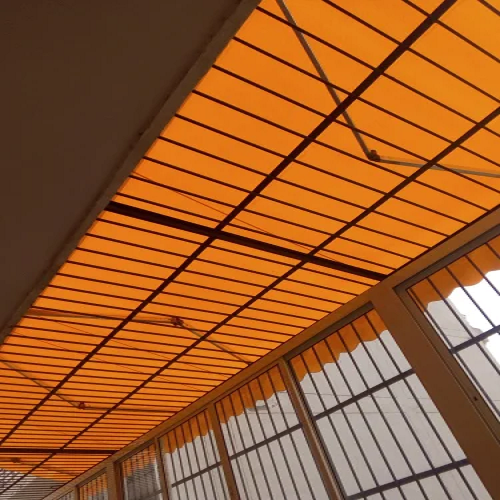
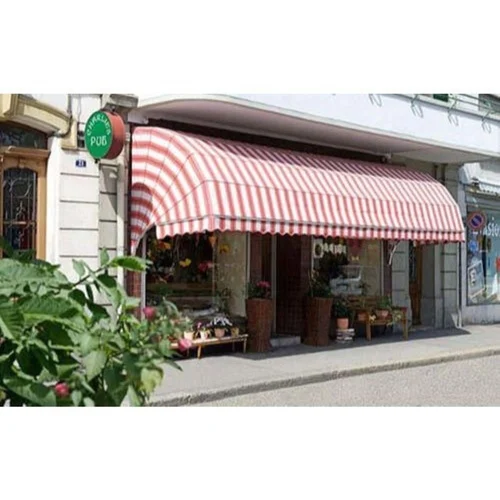
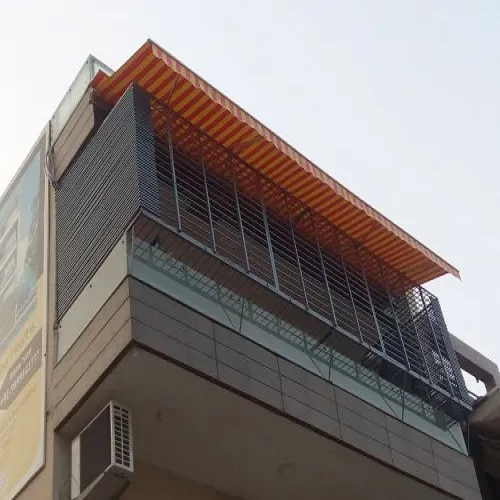
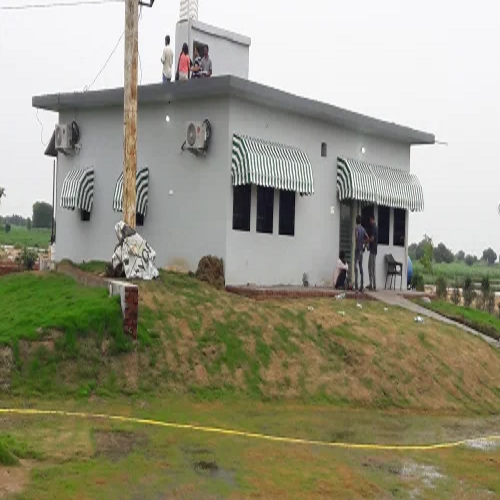
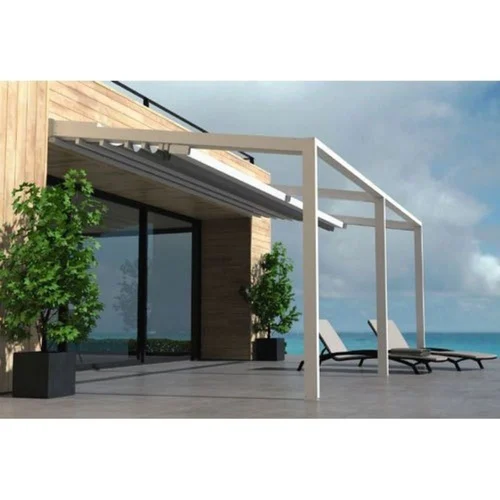
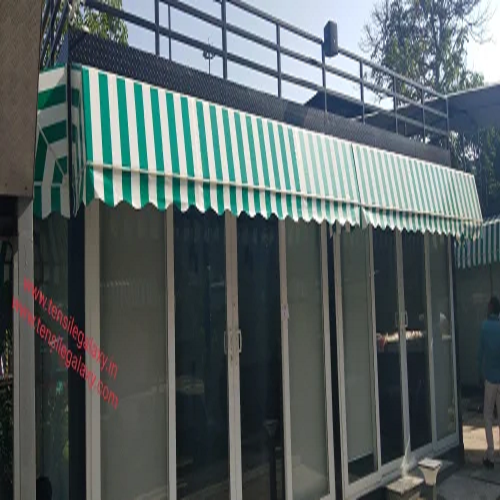









.png)